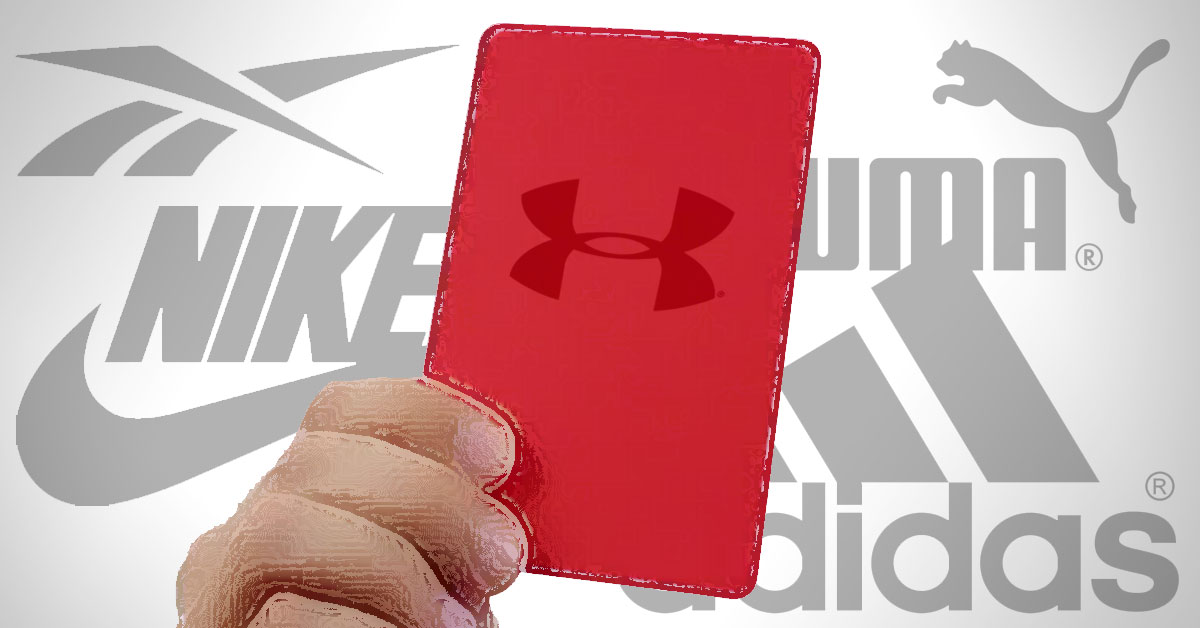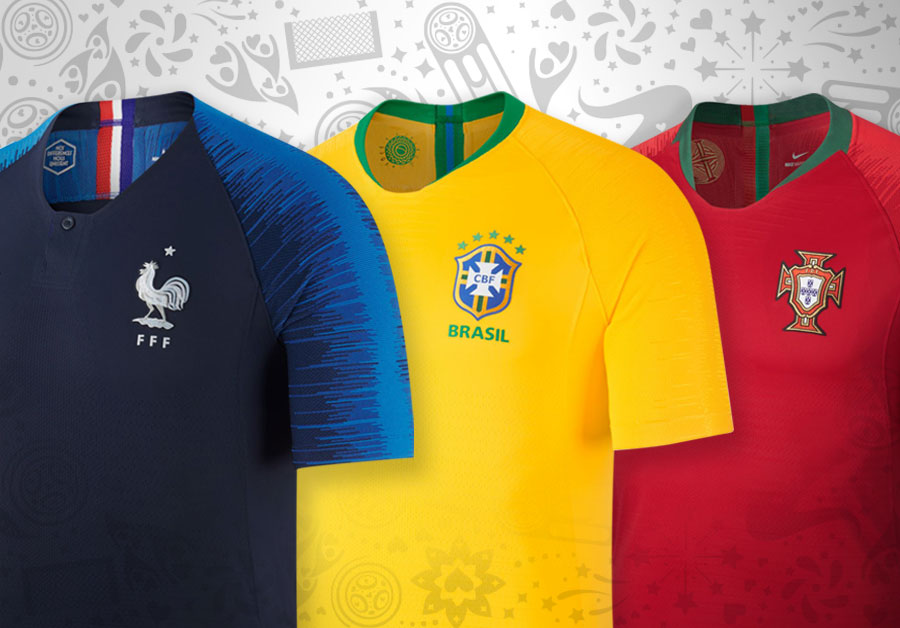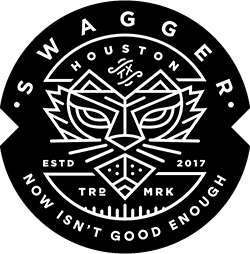
When Big Brands Deserve a Red Card
Wearing your team’s latest football (a.k.a. soccer to North Americans) gear is a point of pride with supporters the world over. In fact, the global soccer-gear market is estimated to be a $5 billion marketplace. That doesn’t even take into account the even greater number of lower tier teams throughout FIFA’s fiefdom of organized official football league teams.
With football being the world’s top-grossing sport and quickly moving towards supplanting even the NFL in terms of marketing savvy, it’s no wonder that the major sports brands such as Nike, Adidas, Puma, Under Armour, Reebok, Kappa, Umbro, and Joma have all instituted standardization in the designs of their soccer kits. The reasons behind this strategy are fairly clear. As major sponsors of the teams associated with the brand, the big guys want to focus your attention on themselves and away from any kind of individuality and image connected more to the actual team than the shirt sponsor.
It’s not hard to imagine a team of suits sitting in a boardroom and coming to the conclusion that the best way to do that would be to create one basic shirt design and then have all the sponsored teams in the brand’s portfolio wear the exact same design.
These spoon-fed designs come with nearly invisible options for the teams—lest they feel they have no influence at all—such as the background color of the shirts, team crests, placement of the team’s major sponsor’s logo (AIA, Emirates, Etihad, Chevrolet, Standard Chartered, Pirelli, Yokohama, etc.), and details as inconsequential as the shape and style of the collar.
Perhaps because I’m a designer and a visual artist at heart—but probably more because I look forward each summer (like the majority of fans worldwide) to all the upcoming new designs and communications that precede the coming football season—I feel like a huge part of the excitement and enthusiasm for what makes my favorite teams unique and different from others has been taken from us as fans.
Am I the only one who finds it distasteful that my team’s jersey is essentially identical to a rivals’? Take Manchester City, Tottenham, and Chelsea for example. Other than the three different shades of blue, Spurs’ jerseys will be identical to their other fellow Nike-sponsored rivals Man City’s and Chelsea’s. If it weren’t for the three different sponsors emblazoned across the fronts of them (Etihad, AIA, and Yokohama), you’d better get your “blues” right.
This discouraging trend is fairly recent as evidenced by a quick look back at English Premier League (EPL) jerseys. As recently as the 2015/16 season, teams still sported more individuality in their jersey design and it’s apparent that the “templatization” of football uniforms had not yet begun in earnest.
Looking back, it’s not hard to see that individuality still existed, and how the design expression—unique to each team’s image, style, and in some cases, the odd nod to tradition—was the norm with the shirt sponsor agreements in place only a few years ago.
The 2018/19 jerseys for the upcoming EPL season is in sharp contrast. The only exceptions being teams with less influential shirt sponsors and those who are only sponsoring one team in the EPL (so the uniformity in design is not as obvious). There are exceptions by the way, and they should be applauded as should the teams they sponsor. Kappa and their roster of major European football teams have bucked the trend and those Kappa-sponsored teams will be sporting some of football’s most original designs for 2018/19. More power to them.
Lest you think I’m pointing the finger at the major sports brands as the culprits, I’m actually not.
Those brands (Kappa excluded) are doing what you would expect any brand to do—use every means and strategy they can to build their brands in one of the world’s most lucrative and upward-moving markets. The standardization of the jersey into one-design-fits-all formula is simply another way of them doing just that.
Instead, you should place the blame squarely at the doors of the individual teams themselves. By conceding design integrity to their shirt sponsors, they’ve actually chipped away and devalued their own brands’ images and identities.
The “shirt” is one of the most emotional touchpoints fans have that tangibly connects them to their teams (and its brand). It’s partly why it’s foolhardy not to draw the line with shirt sponsors when it comes to the watering down of the team identity. That and the fact that in the long term, undifferentiated shirt design will result in poorer merchandising revenue.
If you think for a moment that individually in jersey design (and hence brand image) doesn’t translate into sales, look no further than Nigeria’s jersey for the World Cup.
Nigeria’s sold-out World Cup shirts are now selling online for a small fortune apiece.
That shirt stands alone in terms of challenging the trend, and while sadly not matched by their football prowess, more than 400,000 jerseys worldwide were sold in one day. (That’s not a typo.) Nike clearly has the capability to design great and distinctive designs, but other than taking a gamble on tiny (marketwise) Nigeria, they weren’t about to step out of their own comfort zone with any of the major World Cup countries’ kits, were they?
No other World Cup team even comes close to the kind of sales or more importantly, emotional connection Nigeria has. And it won’t either, as long as the current paradigm exists. Will the Nigeria case provide a gentle nudge to teams that committing an own goal with templated jersey design is a bad idea? I’m not confident that it will.

3 of Nike’s many 2018 ho-hum World Cup jerseys.
So, before shelling out 165 dollars for the replica jersey, keep your money. Show your team you want your team’s individuality back and let them know the only way they’ll feel it—in their pocketbook.
Rob Andrew is our creative director at Swagger. He’s led creative for Publicis, Havas, FCB, and Hakuhodo in Central Europe, Russia, and Asia. During his time overseas, he developed a North American’s love for the “beautiful game.”
To stay up-to-date on everything happening at Swagger, make sure to follow us on Facebook, Instagram, Pinterest, and LinkedIn. Now isn’t good enough!
